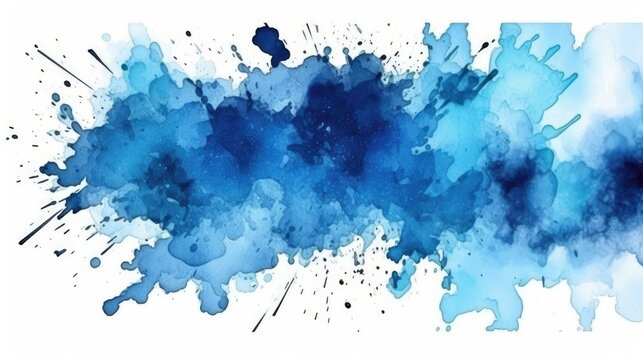The short work is split into three parts; the middle
one narrated by an arts student who worked as a conservator when Blue Poles
was in storage; the other parts narrated by the painting itself. This feels
much like a creative writing exercise that might have worked as a short story
but stretches the limit too far for a novel, even such a short one.
Rather than leaving subtle ripples across the surface,
information about the painting is dropped into the text like a boulder in a pond.
It is self-consciously Australian and determined to prove it. “I am as ill-equipped
for the world of politics as a koala is for a swimming pool”. When not handing
out essay notes about art, it delivers discourses on history and politics; “You
may guess I am referring to the dismissal of the Whitlam government by
Governor-General Sir John Kerr. You may know this as a major event in Australian
history. But if you don’t, allow me to sketch the details as gleaned from the
tour guides.” We are now expected to believe that a painting can give us a history
lesson.
The middle third tries to introduce an element of
mystery: “Don’t be too sure the narrator is the narrator.” This new participant
in the story is a woman who sits daily in front of the artwork and writes
reflectively in her journal. We’ve all known (and done our best to avoid)
people like that who pretentiously attempt to mark out their territory and
their uniqueness. She is suffering from loss and trying to make sense of it
with shallow epithets such as, “Grief was a dream you couldn’t make yourself wake
from” and “What we trust as memory is really a story we tell ourselves, a story
that comes as much out of our future, as out of our past.”
Our conservator wants to celebrate more female artists,
which is laudable, although there must be a better way. She refers to Grace
Cossington-Smith, and Helen Frankenthaler and suggests Jackson Pollock have a co-creator
– was Blue Poles the work of more than one person? There is a suspicion
that there may be a footprint on the work that isn’t his and that it belonged
to a woman, perhaps his partner, Lee Krasner. It is of paramount importance to
her to discover something new about this painting, but because she might not,
she makes enigmatic excuses for the lack of fact and certainty. “I will come to
it, or it will come to me, or else it will not and I will leave a gap. There is
nothing wrong with a gap in a story, or a gap in a painting for that matter, a
sense of completion can be a limiting thing, a choking thing.”




No comments:
Post a Comment